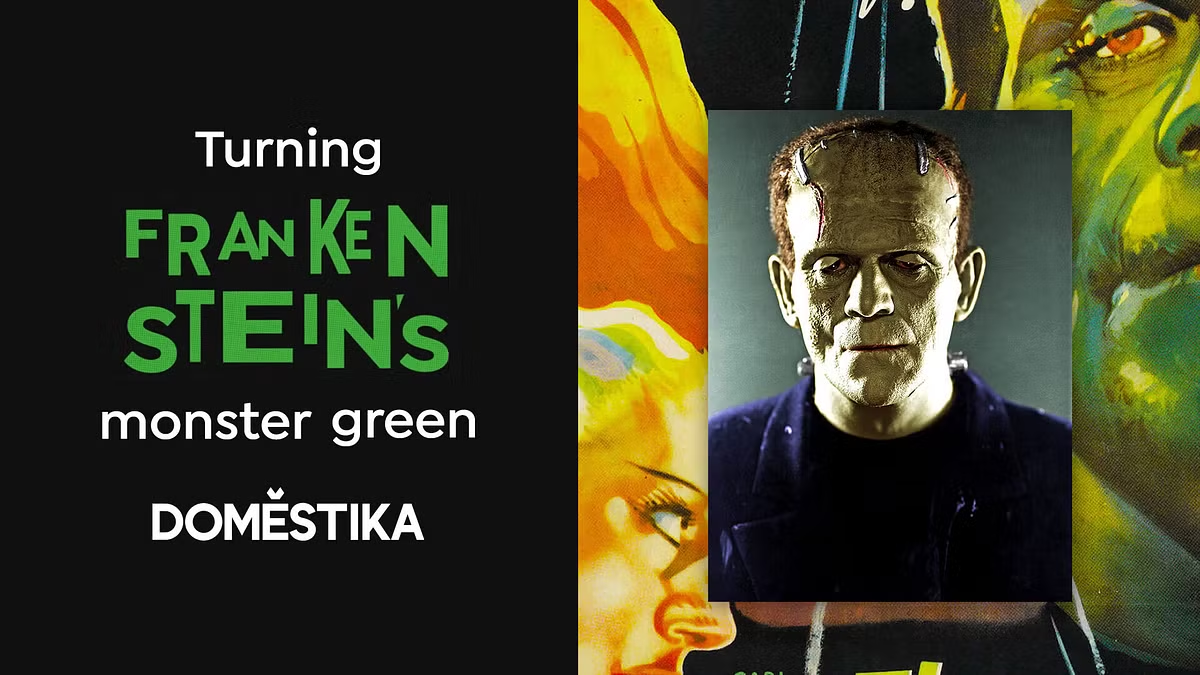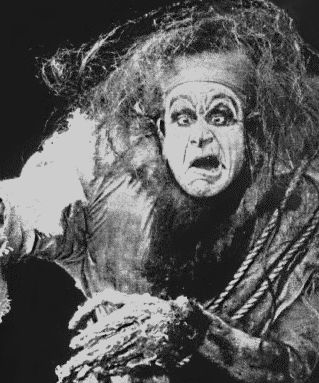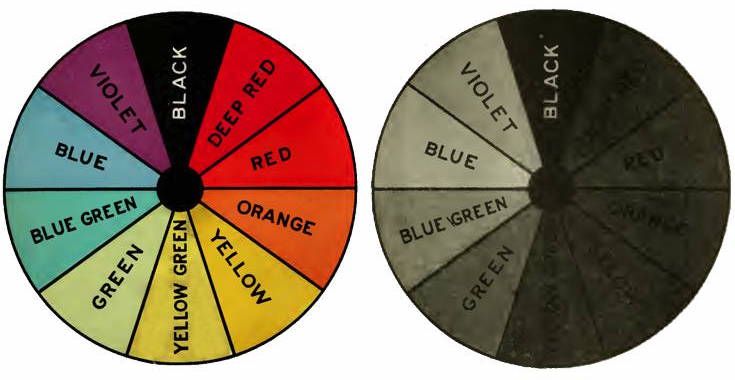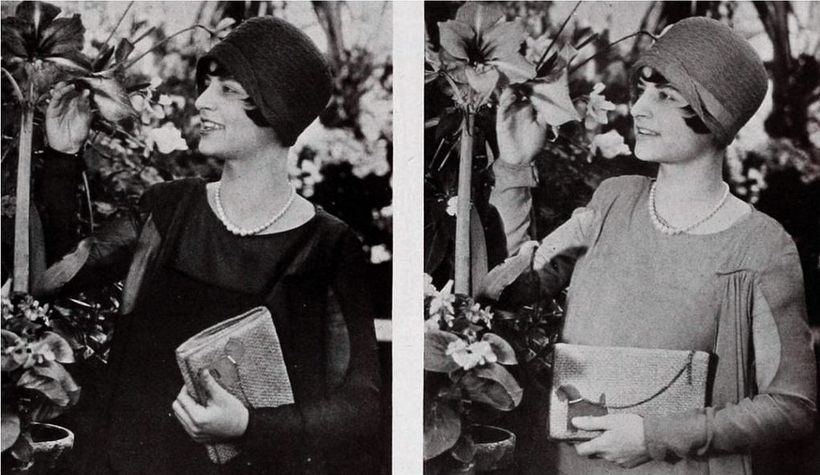@micaela_mh
How Frankenstein’s Monster Turned Green

Discover how early film shaped the look of Mary Shelley’s iconic creature
Every Halloween, a familiar cast of creepy characters appears in horror movie marathons. Of these classic monsters, one is especially distinctive with his blocky head, green skin, and bolts in his neck.
Even though Mary Shelley’s creation has become a pop culture icon, there are still a few basic things people get wrong about him, from mistakenly calling him the name of his creator (Frankenstein) to depicting him as green, when, in her book, Shelley describes his skin as yellow and translucent.
Discover in the video below how the limitations of early film turned Frankenstein’s monster green:
Frankenstein before film
In her book, Shelley wrote of the monster, "his yellow skin scarcely covered the work of muscles and arteries beneath.” This description makes sense, especially when you consider that the creature is supposed to be built from body parts sourced from various corpses.
In stage adaptations during the 19th century, Frankenstein’s monster took on various forms. In some productions he was painted a corpse-like white, while in others he appeared as blue or green, colors that helped him stand out from the rest of the cast. For that reason, art from that era depicts Frankenstein in a variety of colors.

Making a monster
But it was Universal’s 1931 black and white adaptation of the novel that gave Frankenstein’s monster the look, and green skin, we imagine him with today. Before this point there hadn’t been a single, standardized idea of what the monster looked like.

For the Universal adaptation, makeup artist Jack Pierce created the look we continue to associate with Frankenstein’s monster, giving the creature a square, scarred head and two bolts in his neck, with the idea that they were what would have been used to jolt him to life. Pierce’s look was copyrighted by Universal.
Pierce also chose to paint actor Boris Karloff’s skin a greyish green. However, if you look at promotional material for the film, Karloff’s monster was depicted as pale or yellow, reflecting the creature’s intended color.
Going green in black and white
The disparity between Karloff’s skin color on set versus in promotional posters is a result of the technical limitations and workarounds of the era.
Until the 1920s, movies were largely shot using orthochromatic film, which is sensitive to blue and green light. As a result, those colors appear lighter on film, while anything red appears darker. A sign that you’re watching a movie captured on orthochromatic film is that skies appear white and overexposed. A major complication for orthochromatic film was that, because of its sensitivity to red and pink tones, actors' skin would appear dark grey on film and their lips would turn black.

Makeup departments compensated by caking on makeup, playing to the quirks of orthochromatic film by using greasepaint in colors that it was sensitive to - yellow, blue, and green. But not everyone got the same amount of time in the makeup chair, which is why if you watch older films you’ll often notice that while the leads look “normal”, background characters are typically a few shades darker.

Using blue glass filters to approximate how orthochromatic film would capture a scene, crews could make adjustments to the set, not so that they looked good in person, but so that they looked good on film.
More shades of grey
During the end of the 1920s, a different kind of film known as panchromatic became much cheaper, making it the new industry standard. It captured more grey values and details, and removed the need to carefully plan scenes around blue-green sensitivity. But, as a black and white medium, it still had a few drawbacks - certain colors like red and blue still looked largely the same on film.

While this removed the need for some of the more extreme, caked on makeup, filmmakers and makeup artists still needed to think about the grey value, rather than the color, of objects that they captured with black and white film. A great example of this is the colorful set of the The Addams Family television show, which ran from 1964 to 1966.

Going green
Even with the popularity of panchromatic film, makeup artists would continue to make decisions based on the restrictions presented by black and white. Pierce’s decision to paint Karloff’s skin a greyish green was a conscious choice to play on these limitations, distinguishing the monster from the rest of the cast by giving him a skin color that would be captured as a ghostly white on film.
Pierce’s creation, and Universal’s 1931 blockbuster, would go on to launch a film franchise that cemented the monster’s place in pop culture. As images of Karloff in his green face paint emerged, and color creeped onto screen, Hollywood, as it’s done so many times before, made its own mythology.






0 comments